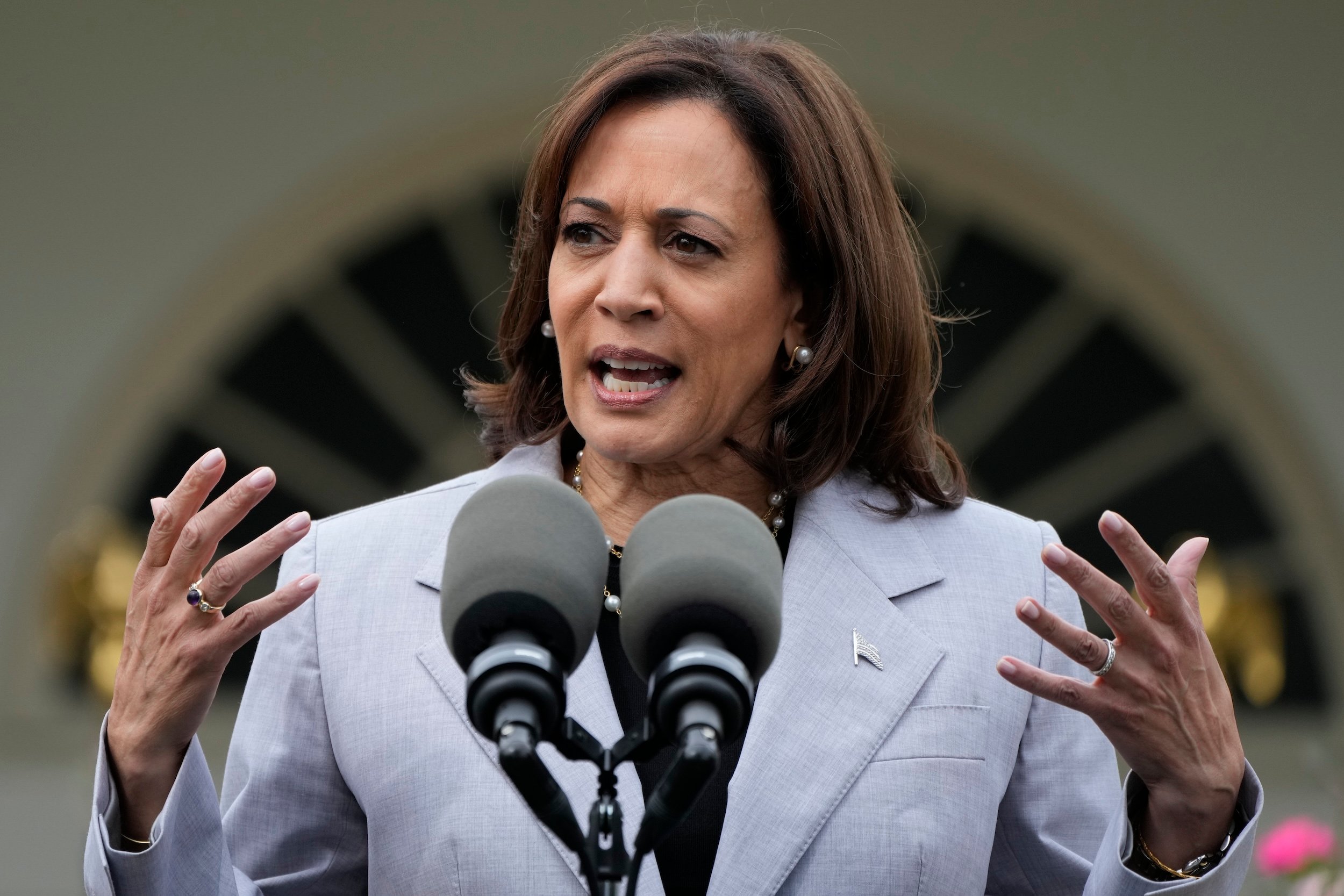What To Know Today
NEW from THE TRACE: Youth gun suicide is on the rise. Children of color are bearing the brunt. Our analysis of public health data reveals that gun suicides rose steadily among young people in their teens and twenties over the last decade, with young people of color seeing the biggest increases. The gun suicide rate more than doubled among Black, Latino, and Asian teenagers, while it increased by 88 percent for Native Americans and 35 percent for white teens. Victims of gun suicide tend to be white, male, older, and live in rural areas. But our analysis shows that rates among older, white Americans remained mostly stable over the last 10 years, while the small proportion of gun suicides among younger, nonwhite groups has increased considerably. Jennifer Mascia and Olga Pierce have more on those grim trends here. [If you are having thoughts of suicide, help is available 24 hours a day: Call the National Suicide Prevention Lifeline (@800273TALK) at 1-800-273-8255 or text 741741 to reach the @CrisisTextLine.]
After the pandemic began, Philly neighborhoods with lots of drug and police activity saw the highest upticks in shootings. Researchers Nicole Johnson and Caterina Roman of Temple University in Philadelphia looked at how shooting rates changed across Census tracts in the city from January 2017 to June 2021. While shooting rates rose citywide after the onset of the COVID-19 pandemic, the increases varied widely by area, and the authors found that places with lots of drug arrests — a proxy for drug market activity — saw the fastest upticks in shootings. The same was true for areas with higher police activity. That correlation, the authors pointed out, runs counter to the theory posited by some scholars that increases in urban violence can be attributed to reduced police activity after events like the death of George Floyd and resulting national protests. The researchers found that other characteristics, including racial composition and concentrated disadvantage, correlated to higher gun violence rates as well. They noted that those linkages were relatively stable over the four years of the study, whereas the links to drug markets and police activity took off only after the pandemic. The key takeaway: “Our findings illustrate the salience of drug market activity as a factor that contributed to increasingly more gun violence over the pandemic, and suggest there may be something particularly disorganizing about drug markets that make neighborhoods already at high-risk for firearm victimization even more vulnerable to the social and economic conditions introduced in 2020,” the authors wrote in a press release.

Arizona advances bill to penalize organizations that won’t do business with gun companies. The House on Wednesday approved legislation that would penalize businesses that have limited ties to the gun industry for reputational or other concerns by barring them from state contracts. It now goes to the Senate. The bill follows the path of a Texas law passed last year that blocks local governments from giving contracts to banks with policies restricting business with the gun industry.
An argument against seizing guns to reduce violence. In a Chicago Sun-Times op-ed, Jacob Sullum, a senior editor at the libertarian Reason magazine, outlines his opposition to public safety strategies in cities like New York that focus on gun possession arrests as a means of driving down gun violence. In doing so, he points to perspectives from advocates and leaders in Baltimore and Philadelphia, who have argued that focusing on gun possession alone isn’t an effective strategy for reducing the supply of guns, and has other potentially significant consequences. He quotes progressive Philadelphia DA Larry Krasner that such a strategy “has the potential to be counterproductive by alienating the very communities that it is designed to help.”
Data Point
Every 7 hours — how often, on average, an American teenager took their own life with a gun from 2019 through 2020. [The Trace]

